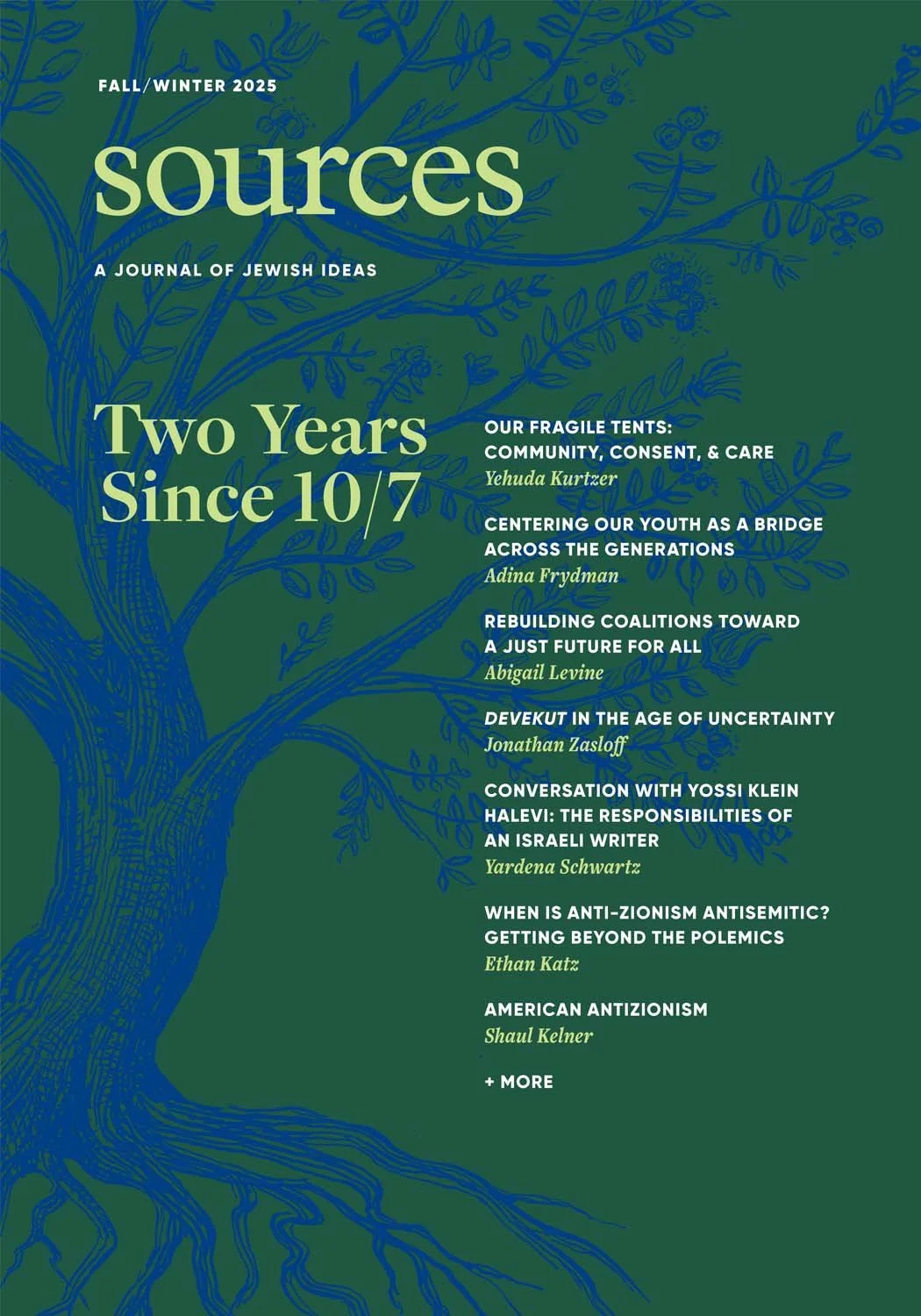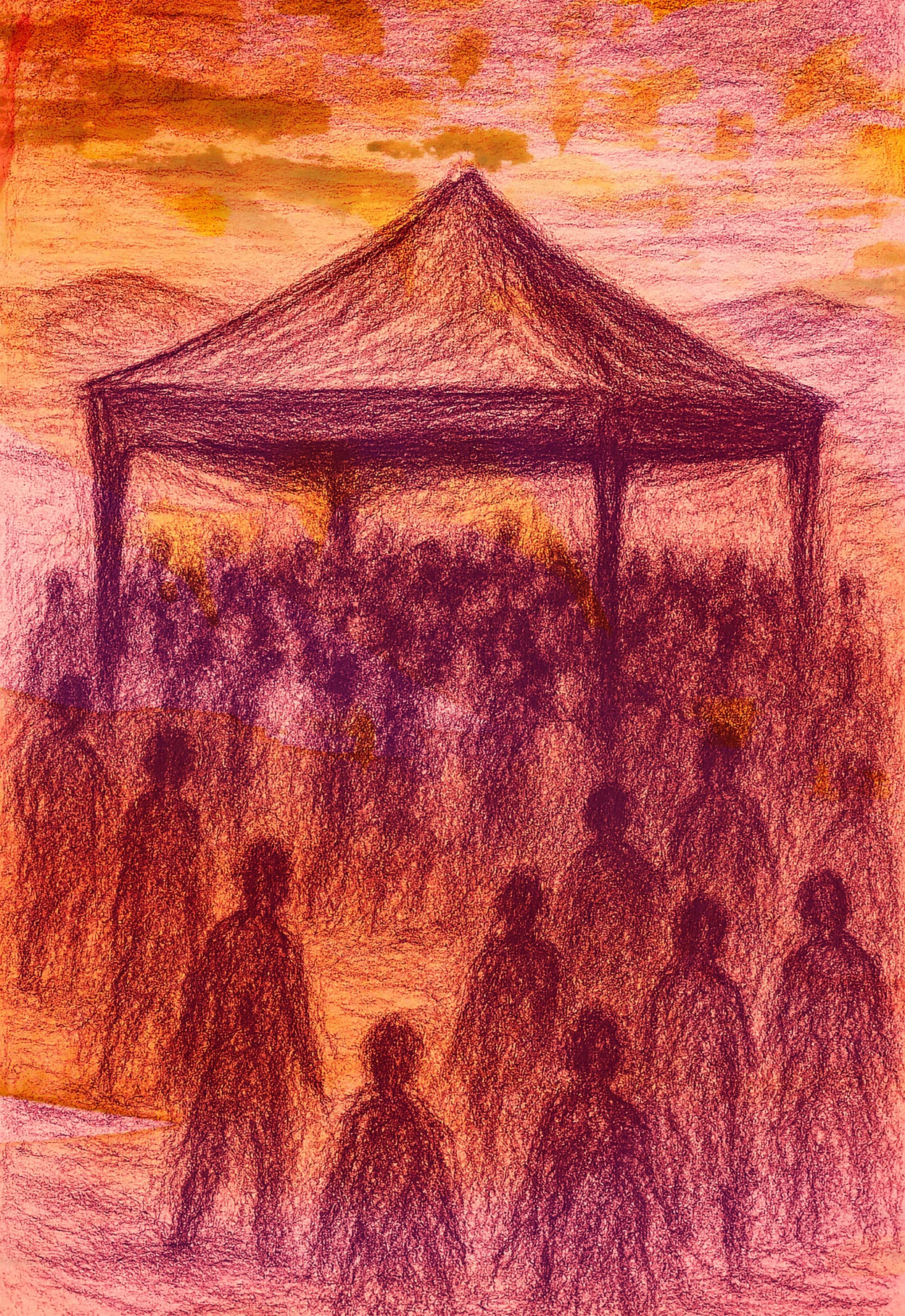Addressing Danger and Ensuring Safety
FROM THE EDITOR
Dear Friends,
Late in the morning last July 4th, I was reading for pleasure when my phone began buzzing with messages from friends letting me know they and their children were in a safe place. They had just run for their lives after a gunman opened fire at the Independence Day parade in Highland Park, about ten miles up the road from where I live in Evanston, IL. My social media feeds soon filled with longer accounts of hearing gunfire from above, of bolting, of ducking behind walls and into stores; of being injured and getting to the hospital; of seeing blood and bodies. A picture of a toddler found alone in the melee: did anyone recognize him and know his family?
The shooter had escaped, most likely in a car, and we didn’t know in which direction he had gone. At home, my husband Michael and I cancelled our plans to go to the beach and then to our town’s afternoon parade, just moments before we were notified that all local beaches had been closed and all parades called off. We told our children what had happened and explained that we would not be leaving the house until the shooter was captured. Watching them absorb the information, I realized that the looks on their faces were alarmingly familiar. This was not the first time we had told them about a mass shooting, each time thinking it was better that they hear about it from us and not from peers on the school bus the next day. But this was the first time we had to tell them that their own friends had been there, had had to run. We told them we believed that everyone we knew was safe; I am certain they heard the hesitation of that word, believe.
In the end, it was true: everyone we knew who was there had survived. Some friends and some cousins who might have been at the parade had not gone, for a variety of reasons. But seven other individuals, people we might easily have known, were killed, including both parents of that lost toddler. The majority of these victims were Jewish.
Highland Park, IL has multiple synagogues; a kosher butcher; Hebrew language instruction is offered in the public high school. But it is not an enclave, a Jewish space set apart from the surrounding American culture. Rather, the Jewishness of Highland Park and other suburban towns like it is a Jewishness that is distinctly comfortable within American culture and society. Ironically, this sense is perhaps best captured by the fact that so many of Highland Park’s Jewish citizens not only attend but participate in the large and popular 4th of July parade each year.
Within Jewish history, the United States is often held up as the epitome of safety for Jews. In contrast to other countries, whether contemporary or historical, America has offered Jews the same legal freedoms and rights offered to others from day one, and it is a place where Jews have been able to participate, contribute, and prosper. Beginning in the mid-20th century, the glories of suburban living amplified the sense of America as a good home for Jews. Strikingly, one important articulation of the narrative of American exceptionalism, Ben Halpern’s essay, “America is Different,” was published in the journal Midstream in 1955—right around the same time that second and third generation descendants of Eastern European immigrants began moving en masse out of cities and into places like Highland Park.
In recent years, however, especially with the rise of antisemitism and with growing awareness and acknowledgment of American Jews who are not of European descent, historians and others have begun to question the narrative of American Jewish exceptionalism. Some ask whether a history of relative comfort is enough to ensure a present and future of safety, while others point to past episodes of American antisemitism that the narrative of exceptionalism tends to minimize or ignore. Yet others remind us there are many American Jews who are not able to enjoy the relative safety of living in a suburban town for economic or other reasons.
Love Jewish Ideas?
Subscribe to the print edition of Sources today.
As I continued thinking about the shooting in Highland Park over the last year, I found that neither the American exceptionalism narrative nor the American non-exceptionalism narrative was very helpful at all. There is very little evidence that the Highland Park shooter set out to kill Jews because he hates Jews or because for some other reason he thinks we do not deserve to live. Rather, the Highland Park shooter seems to have been motivated by the same pathological sense of general discontent and anger that has been lurking behind the seemingly endless number of mass shootings we have witnessed over the last decades.
My work on this issue of Sources thus began with the question of what it can mean to be safe as an American Jew when it is impossible to be safe as an American, and it quickly broadened to include a variety of perspectives on what both danger and safety mean in different contexts of Jewish life, both today and historically.
The issue includes two articles addressing the situation of Jews in the United States and the challenges to Jewish safety posed by the antisemitic—or possibly antisemitic—events. First, in an edited interview, New York Times columnist and editor of Sapir Bret Stephens and I discuss the value of free speech in a liberal society, particularly when the right to free speech is protecting speakers whose rhetoric is antisemitic or anti-Zionist. Second, sociologist Lilah Shapiro addresses the question of why we sometimes struggle to determine whether specific acts of violence toward Jews, either individually or collectively, are antisemitic, or something else.
Both the concepts and the realities of danger and safety have a different resonance in Israel. For many Zionists, a Jewish state both as an idea and as a reality is a promise of Jewish safety. And yet, the State of Israel has also made possible new forms of danger to Jewish life. In “A Natural Act of Vengeance,” scholar of religion Tomer Persico investigates the development of religious Zionism and shows how its most extreme versions—seen among the non-statist Hardal (National Haredi Zionists) and groups known collectively as the Hilltop Youth—today threaten to undermine both the State of Israel and Judaism.
The final piece in this section considers danger and safety in a distinctly different moment and place as artist and educator duo Mat and Julie Tonti present a chapter of their graphic novel based on the diary of Glückl bas Lieb, a mother and businesswoman in medieval Germany, whose writings are one of the earliest known Jewish memoirs. In this story, Glückl recalls a moment of great danger for her Jewish community: a non-Jew has been accused of murdering two Jews, and an antisemitic mob stands ready to riot should the government court not find him guilty. In retelling these events, Glückl insists that divine protection is the only true source of safety for the Jewish people.
This issue of Sources also includes our regular sections. In Prescription, attorney Michael M. Rosen uses the medieval Jewish figures of the golem and the dybbuk to explore the ethics of artificial intelligence. In From the Archives, legal scholar Michael A. Helfand examines the history of Orthodox political advocacy in the US, emphasizing its roots in an understanding of religious freedom that differs significantly from what we typically see among liberal Jews.
The Close Read section takes us in two directions. Hebrew literature scholar and translator Wendy Zierler shares her appreciation for modern Hebrew as an everyday language rooted in a sacred tongue with a close reading of passages from the prophet Isaiah and poems by 20th century poets Hayim Nahman Bialik and Yocheved Bat-Miriam. I’m especially excited that this piece includes Zierler’s translations of one poem by Bialik and one by Bat-Miriam, side-by-side with the Hebrew originals.
In a different Close Read, art historian Rachel Federman finds a strand of mid-20th century American Jewish history in the architecture of the Children’s Chapel at SAR Academy in the Bronx. Her piece, accompanied by photographs of the structure, opened my eyes to what it might mean to read buildings as texts.
The issue closes with a new section, In Review, which is designed to present summary and evaluation of recent books in a particular area of Jewish Studies scholarship. Here, scholar of education Joshua Ladon argues for the value of rigorous research in Jewish education in his review of new books on Jewish day schools and Jewish camps.
I want to close with two separate notes. First, I’m proud to share that the American Jewish Press Association has recognized Sources with two 2023 Rockower awards in the category of Excellence in Writing about Jewish Thought and Life. You can read both articles, the first prize-winning “Communal Rebuilding after Sexual Assault: Beyond the Limits of Teshuvah” by Meirav Jones, Joshua Ladon, Elana Stein Hain, Sarah Wolf, and yours truly, and the honorably mentioned “Variations on the Shema” by Samuel Fleischacker in the Fall 2022 issue of Sources. I appreciate this recognition of the journal’s efforts to deepen and enrich the Jewish conversation.
Second, this issue of Sources was completed in the weeks following a controversial Knesset vote limiting the Israeli High Court of Justice’s powers of judicial review. Like many others, I am gravely concerned about the danger this poses to Israeli democracy and with it, to Israeli society and to the relationship between diaspora Jews and the state. As we think about building safety and security for Jews and others today and into the future, these threats deserve attention and activism.
Claire E. Sufrin
This article appears in Sources, Fall 2023.



